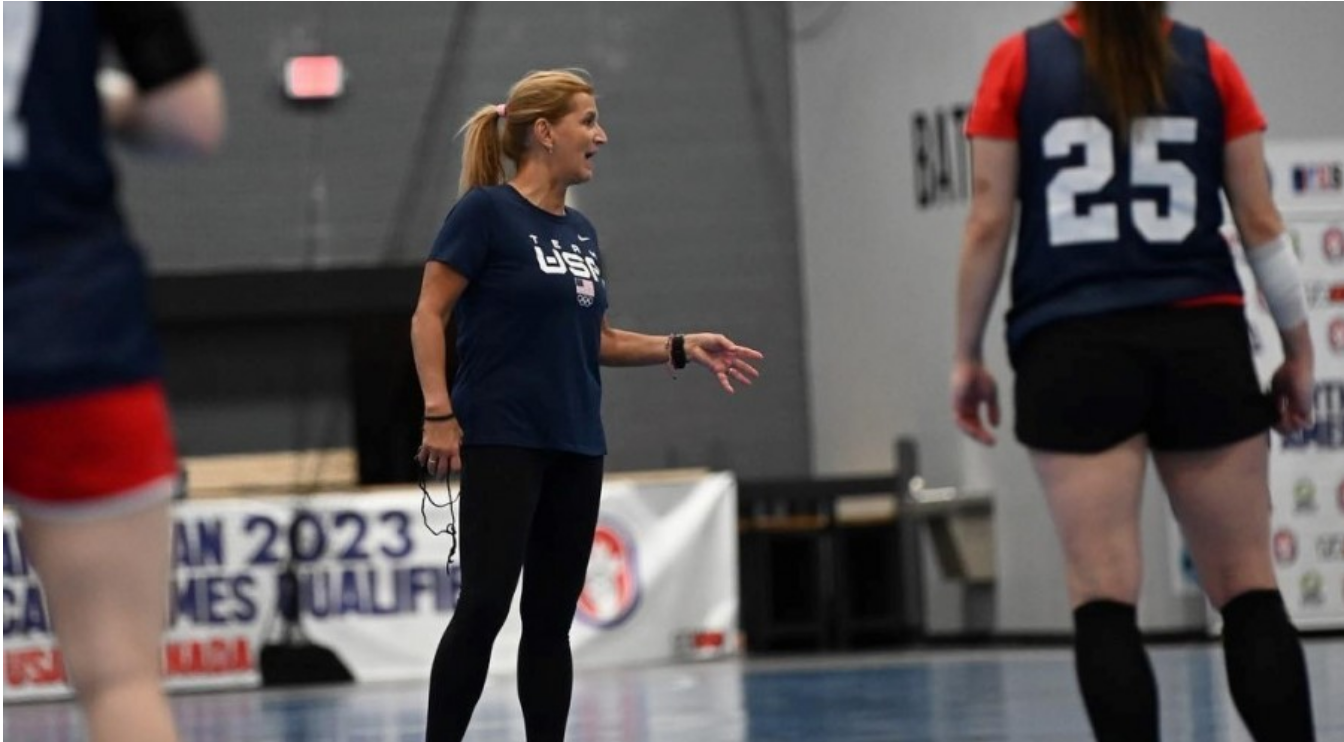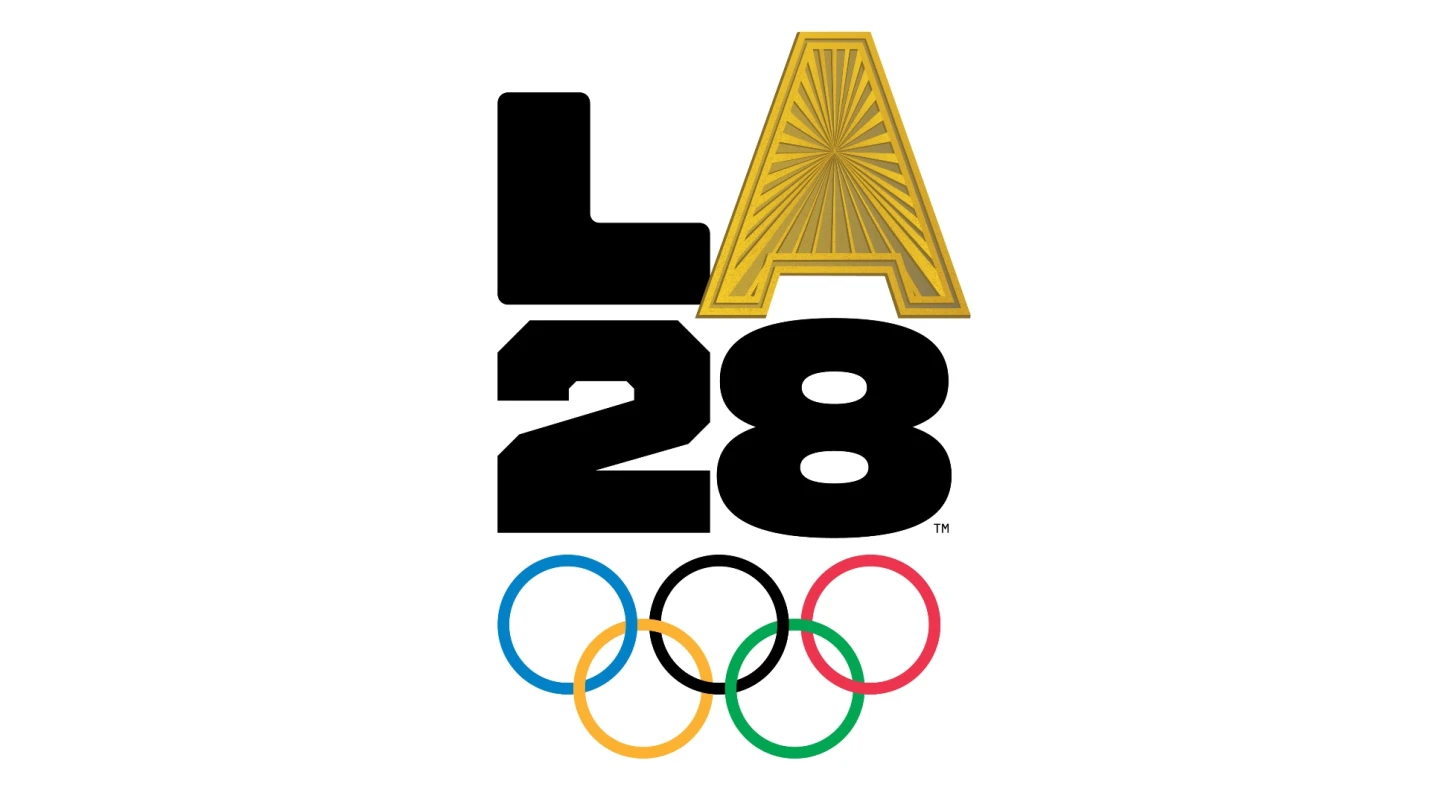This is part of a series of commentaries that address the future of handball in the U.S. In Part 1, I summarized the U.S. Women’s National Team poor results of the past 4 years. In Part 2, I addressed the need for USA Team Handball leadership to consider proactive steps to broaden the talent pool. In Part 3, I highlighted an Out of the Box possibility.
The USA recently parted ways with Women’s National Team Head Coach, Edina Borsos and immediately launched a search for what appears to be a short term assignment coaching the National Team at the upcoming North American & Caribbean Handball Championships, 6-13 April in Mexico City.
A Dismal (but not Surprising) Record; Does that Alone Justify Firing?
In terms of wins and losses the firing is certainly justifiable. In major competitions the U.S. Women compiled an 0-0-8 record. Yes, the Borsos era ended with the U.S. Women failing to win a single match in major competitions. I also don’t think a single match was won in friendly international matches, but perhaps there’s a win out there against some lower level club team. (Results of friendly matches were often never reported… a whole other issue I won’t delve into here.)
How can one possibly argue against sacking a coach with such a dismal record? Well, here goes: The USA women haven’t played a single match in the past four years where they were the better team on paper. In most cases they didn’t even have a decent chance for an upset. If you know anything about the sport of handball it’s very self-evident: The talent to effectively compete has simply not been available. It’s not even worthy of debate.
Go ahead, put Thorir Hergeirsson in charge of the U.S. Women if you want. Maybe he could have X’d and O’d a victory over Canada or Mexico at some point in the last four years, but I doubt it. Given the talent available the results are not surprising. And, unless there are some new dual citizen upgrades to the U.S. roster I suspect that we will very likely continue our losing streak in April.
If one defines “coaching” as taking the athletes you have available, forming them into a team and getting said team to perform to the best of its capabilities… then, in my opinion, Coach Borsos actually did a pretty decent job.
If, however, one expands the coaching role to include efforts to identify, evaluate, recruit and develop talent… then one might argue that it is indeed time for a coaching change.
Identifying, Evaluating, Recruiting and Developing Handball Athletes: How the U.S. is Different
Before I address the question as to how coaching applies to identifying, evaluating, recruiting and developing handball athletes it’s important to highlight how what might apply for a typical handball nation doesn’t quite fit for the U.S. and vice versa.
For a nation where handball is popular, the job in this regard, for the national team staff is much simpler. For the most part they don’t have to identify or find talent. That talent is readily available and their job is primarily one of evaluation or figuring out who has national team potential. Recruiting is also very limited. Occasionally, there may be some athlete who doesn’t want to play for the national team or perhaps some foreign national that needs to be persuaded to play for his adopted country, but it’s not commonplace. And, with a strong club system in place individual skill development is less neccessary so development focuses more on teaching athletes how to progress in a national team environment.
For a nation like the U.S. where handball is virtually unknown, however, recruiting is a more intensive effort. Primarily, this is because there are no real pipelines in place. And, because of this the U.S. has to identify, evaluate, recruit and develop athletes for alternative sources. For the U.S. the three primary cohorts are:
- Dual Citizens: This cohort consists of American citizens that have lived most of their lives in nations where handball is popular. These athletes have to be found and then persuaded to play for the U.S. After they’ve been found and committed to play for the U.S., the U.S. then evaluates and develops these athletes much the way a European nation would.
- Americans already playing handball in the U.S.: There aren’t a lot of Americans playing handball in the U.S., but there are some. These athletes can be evaluated much the way a European nation does, except that the talent pool is so small, it’s actually possible to evaluate every single handball athlete. Additionally, as the handball development is typically rudimentary it’s important to assess potential talent and to take into account that the age/skill level could be dramatically different from what one would expect in a handball nation.
- Americans who have never played handball: This is perhaps the strangest cohort to someone from a handball nation. Needless to say… they are not doing this in Denmark and Germany. But, for many years this was the primary source for American handball athletes. And, to state the obvious… identifying, recruiting, evaluating and developing athletes like this requires a unique skillset. One that a typical handball coach, may or may not have.
Who’s in Charge of Finding and Developing Talent? And, do we have the Resources to Make it Happen?
So, I’ll now go back to my earlier statement: “If, however, one expands the coaching role to include efforts to identify, evaluate, recruit and develop talent… then one might argue that it is indeed time for a coaching change.” And, I’ll try to answer that statement as best as I can. And, it truly is, “best as I can” because I don’t think it’s ever been clearly defined who’s in charge of what. Or, as I wrote back in Oct, 2023, I think the lack of new talent is more of a “management” issue than it is a “coaching” issue.
Going back to the ancient history of when I played for the national team in the 1990s U.S. National Team coaches, especially the European ones, played little to no role in the finding and recruitment of athletes. They conducted tryouts and evaluated athletes for further development, but other members of the USA Team Handball staff did the legwork to bring those athletes in. Over time, particularly as resources dwindled, coaches became more engaged in recruiting efforts. They pretty much had to because if they didn’t do the recruiting they might not even have any athletes to coach.
More recently, USA Team Handball actually had a High Performance Manager, Krista Austin, on staff from 2021-23. Logically, recruiting was part of her job jar, but it’s not entirely clear what expectations were and how recruiting responsibilities were split with the coaching staff. And, when funding diminished in 2023 she left the organization and was never replaced.
Back to the Question at Hand: Does the Firing Make Sense?
I digress, so back to the question at hand. Assuming that coaching wasn’t the primary issue and that Coach Borsos is essentially being fired for failing to successfully identify, recruit, evaluate and develop new talent… One could make a very solid case that she has clearly failed in these areas. USA rosters have included teenagers that weren’t quite ready and aging veterans that should have been pushed out by new talents several years ago. Instead there have been very few new talents. And, none of them have been head turning, gifted athletes. With that lack of success, both in terms of results and recruitment, why not give someone else a try?
Well, here are a few reasons why one might say the firing wasn’t justified on recruiting grounds:
- Did her job description clearly articulate recruiting responsibilities?
- Is there some sort of documentation with recruiting performance expectations?
- Was she given the resources to be a successful recruiter?
I don’t know for a fact… but, I’m guessing the answer to each of those questions is “no.” Perhaps during her tenure under three different CEOs there were some discussions pertaining to identifying, recruiting, evaluating and developing new talent. I sure hope there was. It seems there might have been.
Fledging efforts to expand the talent pool were conducted. U.S. based training camps were conducted. We even had a D2 basketball player with very little handball training play significant minutes at a NORCA Championship. But, this sort of thing was surely pretty new to Coach Borsos and being based in Europe made those sort of efforts challenging.
Ideally, discussions related to talent pool expansion should have taken place prior to hiring. And, requirements related to this skill set should have been articulated in the job announcement. Looking back, I suspect that those in charge observed the success Coach Hedin was having with the U.S. Men and decided it could be replicated… without understanding that the U.S. Women were not gifted the same dual citizen talent pool. And, that the ability to recruit new athletes might be the most important skill required for a U.S. Women’s Nationa Team coach.
Sometimes a Change is Needed
So to review:
- Coach Borsos didn’t win a single match in major competitions… but, the U.S. was clearly the weaker team in every single match they played.
- Coach Borsos had very little success in terms of recruiting new athletes… but, it’s unlikely she was hired to perform that challenging job and wasn’t given much in terms of resources to be a successful recruiter.
Or, to put in other terms:
- Coach Borsos was very unsuccessful… but, it was mostly due to circumstances beyond her control.
In many ways it’s not really fair and not her fault. In my opinion, she was simply hired for a coaching situation that did not match her skillset. This was true the day she was hired and it’s still true four years later.
And, what is that coaching situation? Well, as I’ve alluded to, it’s the stark reality that our current talent pool of national team athletes is very thin and not very talented. If we want to field a competitive team at the 2028 Olympics in Los Angeles new talents are needed. The current talent pool will not get us there.
It’s still very unclear how the U.S. will tackle this challenge, but it will likely require some significant changes in how we manage and coach our U.S. Women’s National Team. And, if that’s the case we should indeed look to hire a coach to match that new coaching situtation.
But… do we know what that coaching situation will be? Do we have a plan for our Women’s National Team? Assuming the answers to those questions are “no” shouldn’t the U.S. first figure out what we want to do/can do?… And, then hire a coach to meet that need? I sure think so and will argue that case in a follow on commentary

